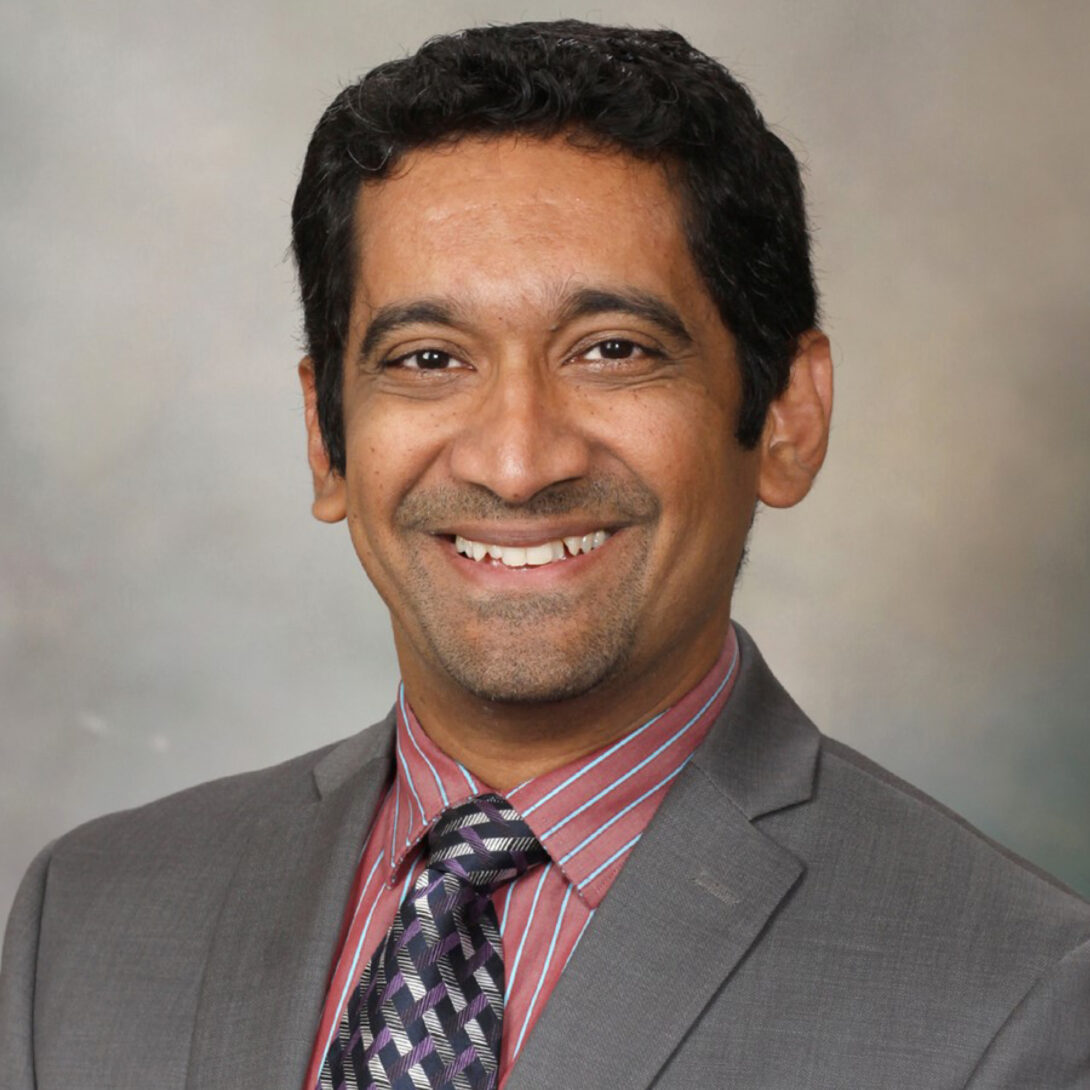Informatics: UIC Professor and Department Head guides Biomedical and Health Information Sciences department with 20 years of experience
Informatics: UIC Professor and Department Head guides Biomedical and Health Information Sciences department with 20 years of experience Heading link

Meet Dr. Kal Pasupathy, Professor and Department Head of Biomedical and Health Information Sciences (BHIS) at the University of Illinois Chicago. Dr. Pasupathy has over 20 years of experience leading and pioneering efforts in transforming large health care institutions and social service organizations, as well as founding and directing research and practice transformation programs. His previous roles included serving as the Scientific Director of Information & Decision Engineering Program and Associate Professor of Health Sciences Research at the Mayo Clinic.
Since Dr. Pasupathy joined UIC in 2021, he has been leading the BHIS department. The department consists of approximately 25 faculty members, overseeing programs that span three key areas within information sciences: health information management, health informatics, and biomedical visualization. He also serves as Co-Director for the Biomedical Informatics core within UIC’s NIH-funded Center for Clinical and Translational Science.
As the Department Head, Dr. Pasupathy aims to provide students with a comprehensive approach to information sciences, utilizing the diversity within the university to impart a practical, real-world perspective. Explore Dr. Pasupathy’s background and discover how UIC’s BHIS department prepares students for success.
Tell us a little about yourself.
In my present position as Professor and Department Head of BHIS, I am responsible for overseeing research initiatives, providing instruction and guidance to students, and managing a department comprised of approximately 25 faculty members. Each faculty member possesses a diverse range of expertise within the field of information sciences.
Prior to joining UIC, I served as both a faculty member and a Scientific Director at the Mayo College of Medicine. I founded a research program in information and decision sciences, and I was also the founding director of the learning laboratories. This was an environment that brought researchers and practitioners together to interact, collaborate, and discuss any problems or pain points, as well as co-create solutions and figure out a way to get them implemented in practice.
Throughout my career, I’ve always had a role in academia, engaging in research, conducting studies, and developing algorithms. I have collaborated closely with practitioners, translating these findings and ensuring their implementation to make a meaningful impact in healthcare and biomedicine.
What keeps you excited about the information sciences field?
There’s always something new in information sciences. It’s a fast-growing and ever-evolving area especially when it comes to healthcare. We hear a lot about artificial intelligence and generative AI, and there is lot of promise in terms of what these can bring to the sector at large. Digital Transformation is also bringing about constant change to the available technology and devices in healthcare that allow us to give the best patient care and the care delivery process, such as patient portals. These are all topics taught in our BHIS programs. The personal nature of health and well-being sets the fields of healthcare and biomedicine apart, and unlike other sectors, the efforts of our faculty and students can truly make a meaningful impact.
As Department Head for the Biomedical and Health Information Sciences department, do you have any goals for the programs?
In my role as Department Head, I aim for students to develop a comprehensive approach while also gaining a real-life perspective. Our department and programs are unique because we integrate the latest in terms of discovery and innovation. However, at the same token, we ground our curriculums, so they are relevant to the real world. Our faculty stands at the forefront of research and discovery, participating in funded projects supported by federal agencies and other foundations. Equally important is our faculty that have extensive amounts of real-world experience. This collective experience provides an enriching learning environment. It ensures that we teach relevant skills and knowledge, preparing our students for the careers they’ll encounter when they complete their courses and get their degree.
What advice do you have for students interested in pursuing an advanced degree in Health Informatics or Health Information Management?
I would encourage prospective students to look at career prospects in terms of what our curriculums offers in the online Health Informatics and Health Information Management programs. They should look at the courses that make up the curriculum and look at the faculty makeup. I would also strongly encourage attending one of the several info sessions we offer to prospective students.
The other piece of advice that I would give is to identify a professional community or a professional society to associate themselves with. This gives prospective students an opportunity to network, but more importantly be sort of in tune with what’s happening in a certain area. I recommend American Medical Informatics Association (AMIA) for health informatics, American Health Information Management Association (AHIMA) for health information management, and the Association of Medical Illustrators for biomedical visualization.
Can you tell us about the most exciting project that you’re working on right now?
I’m currently working on a collaborative project with colleagues from various fields, including neurology. Given the presence of degenerative diseases like ALS in neurology, we have initiated projects that leverage machine learning and artificial intelligence to retrospectively analyze patient data. We’ve been able to phenotype what’s happening to patients over time and do this for a cohort of a larger patient population. This has been beneficial in helping clinicians understand their patients during consultations and improve the diagnostic process.
We’ve also implemented patient triage and routing tools in practice. By having patients complete a questionnaire, we utilize computer algorithms to generate a working diagnosis based on their responses. This enables us to direct them to the appropriate physician and recommend the necessary diagnostic tests.